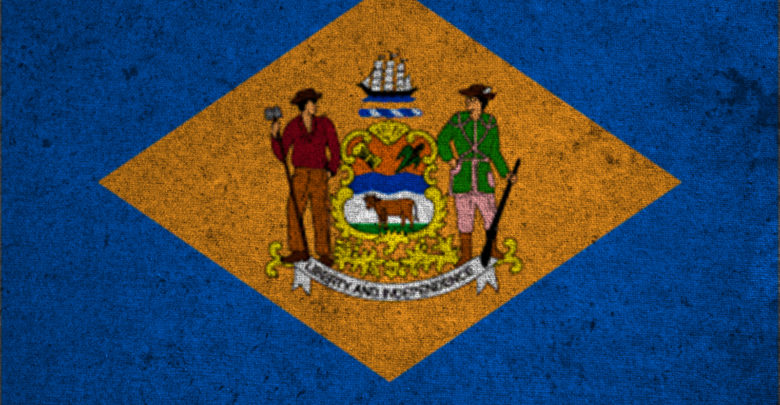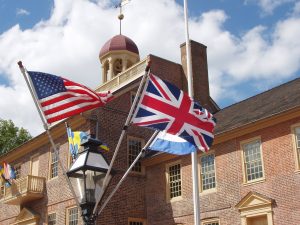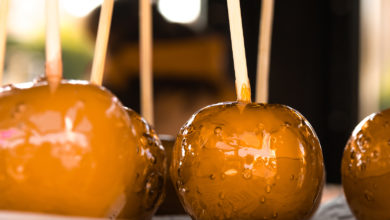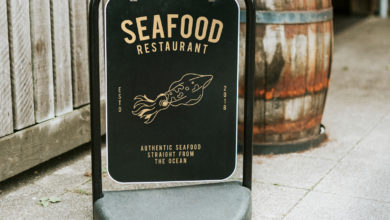
With the nickname of the “First State,” you will find many historical sites throughout Delaware. From the colonial beginnings of the colony to its place as the first state to ratify the U.S. Constitution, visitors can learn about the people and the heritage of Delaware. If you want to learn more about the most important places in the First State, make sure to visit these locations on your next trip.

First State National Park – New Castle
In 2013, the First State National Park opened to the public, and it is one of the newest parks in the country. You can learn about the role that the Dutch, Finns, English, and Swedes played in establishing settlements in the area. The First State National Park covers the extensive history of Delaware from the early colonial settlements to its role as the first state to ratify the U.S. Constitution. The park includes several sites scattered throughout the region. The New Castle Court House is one of the oldest in the country as it dates back to 1730. When Delaware wanted to declare its independence from England, the colonial assembly met in this structure. Delaware’s first state Constitution was also drafted within the building.
Another historical spot in the park is the New Castle Green. During the 1950s, it was common to have an open space for members of the community to meet. This town common is near the spot where William Penn landed in America and several other historic buildings, including the Sheriff’s House, Immanuel Episcopal Church on the Green, and the 1809 Federal Arsenal.

Fort Christina – Wilmington
This historic fort is also a part of the First State National Park and is even designated as a National Historic Landmark. Fort Christina was the spot for the original landing site known as “The Rocks.” In this spot, Swedish explorers established New Sweden in 1638, and it became the first European settlement in the Delaware Valley. The Swedes purchased the land from the Leni Lenape tribe and built a fort on the property. After a while, the colony grew with more settlements along the Brandywine River. While you are there, make sure to visit the monument from Swedish sculptor Carl Miles. He donated the piece to celebrate the tricentennial anniversary of the settlement. Fort Christina is also home to a reconstructed log cabin. The Swedes were the first people to bring this style of home to the New World.

Dover Green Historic District – Dover
This historical spot in Dover includes over 79 buildings on The Green with most of the homes dating back to the 18th-century. In 1977, The Green was added to the National Register of Historic Places, and it is also part of the First State National Historical Park. Dover Green was first designated in 1717 by local surveyors, and it has been the site of many historical events, including the reading of the Declaration of Independence to the mustering of the Continental Army during the Revolutionary War.
Dover became the capital after the British Navy invaded New Castle. In 1787, the State House was built nearby The Green, along with a tavern known as the Golden Fleece. This tavern became the location where Delaware ratified the Constitution and cemented its place as the first state. There are many other historical buildings near The Green, including King Dougall House and Store House and the Parke-Ridgeley House.

Ryves Holt House – Lewes
The Swedes were not the only Europeans to establish a colony in Delaware. The Dutch settled a community known as Zwaanendael. However, the settlement was not a success, but there is one house that you can still visit today. The Ryves Holt House was built in 1665, and many believe it to be the oldest home in the state. At one time, it served as an inn and was operated by Philip Russell, who was an associate of William Penn. Commodore Jacob Jones, who gained fame during his success in the War of 1812, also grew up in the house. You can visit the home on select days to see some of the unique artifacts from that era.

Old Courthouse – Georgetown
The former Georgetown Court House was built in 1791, and it was the spot for many of the most notorious trials in the state. The building itself is no larger than a one-room schoolhouse, but there is plenty of history within the walls. In one infamous case, Patty Cannon was accused of capturing freed slaves and selling them into slavery in the south. Before she could go to trial, she committed suicide in jail. According to the local legend, there is a post with a notch inside the courthouse. That notch contained the poison that the alleged murderess drank before her trial. If you go into the building, one of the posts behind the jury’s chairs does contain the infamous notch.
There are other links to the criminal justice past located in the old courthouse. During some trials, a crier would inform the crowds of a verdict with a tipstaff. If the long staff had a white tip, it was a non-guilty verdict, and a red tip meant guilty. You can also see “Red Hannah” on the grounds. “Red Hannah” was the name of the infamous whipping post. Delaware was the last state to abolish whipping in 1952. A small fence surrounds a concrete obelisk, and inside, you can see a monument dedicated to this form of corporal punishment. If you are finished with the crime and punishment history of the town, Georgetown is also filled with many other historical buildings. The main downtown area is known as “The Circle,” where you can find everything from the town’s first post office to the Nutter D. Marvel Museum featuring photographs of the old city.
You can take an in-depth look into the history of Delaware at these historical sites. If you are looking for a journey into the past, you definitely need to see these fascinating places that tell the story of the First State.




